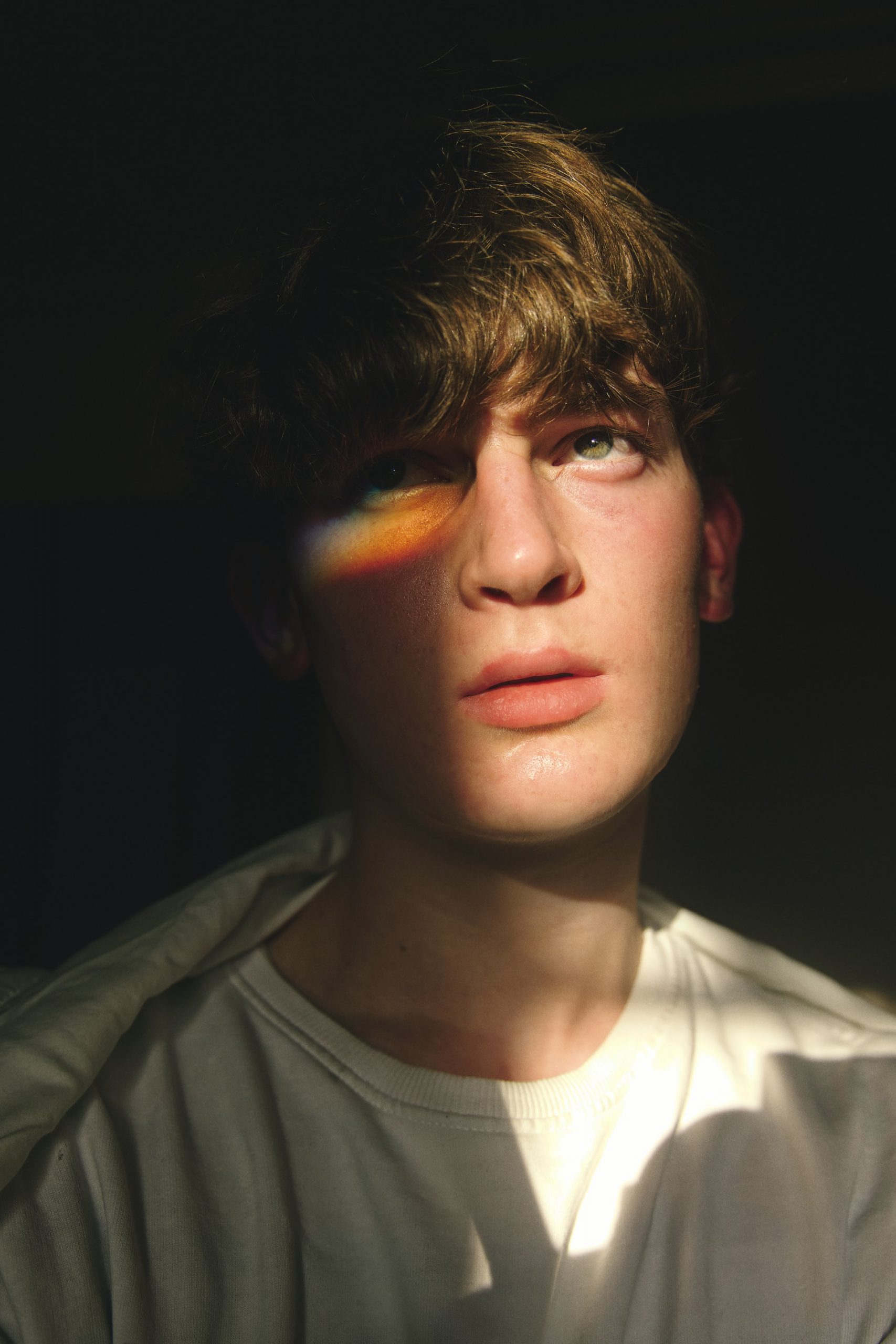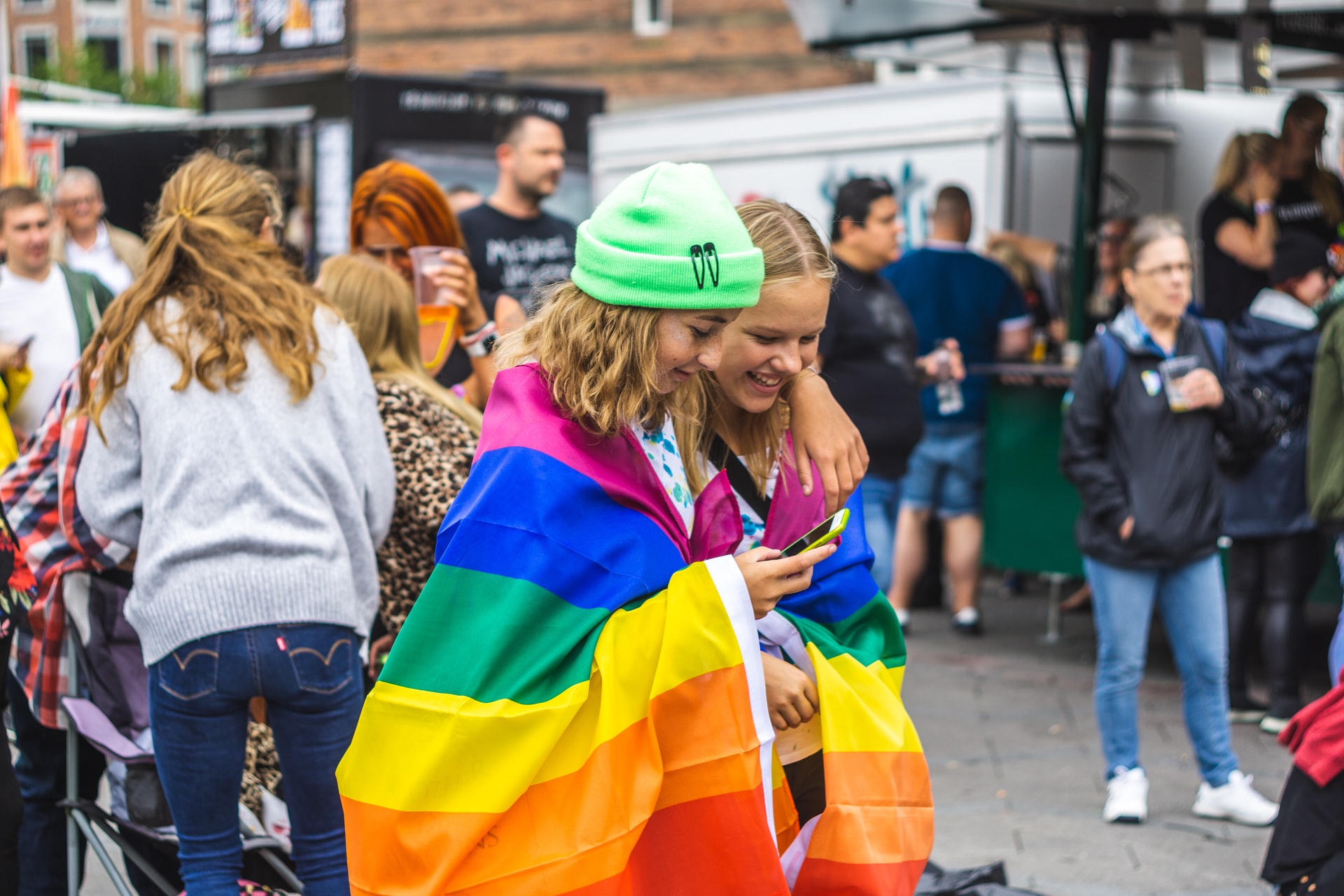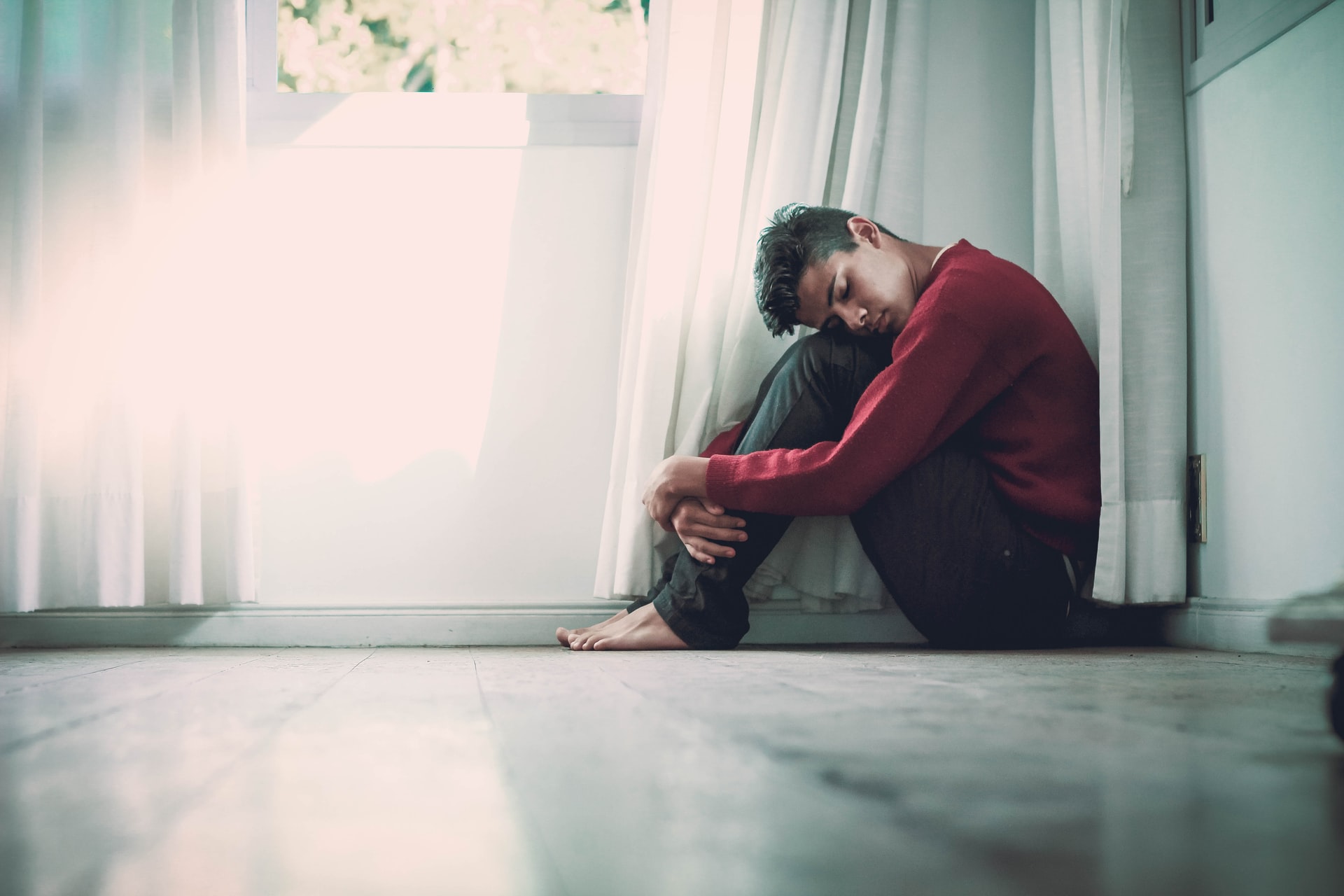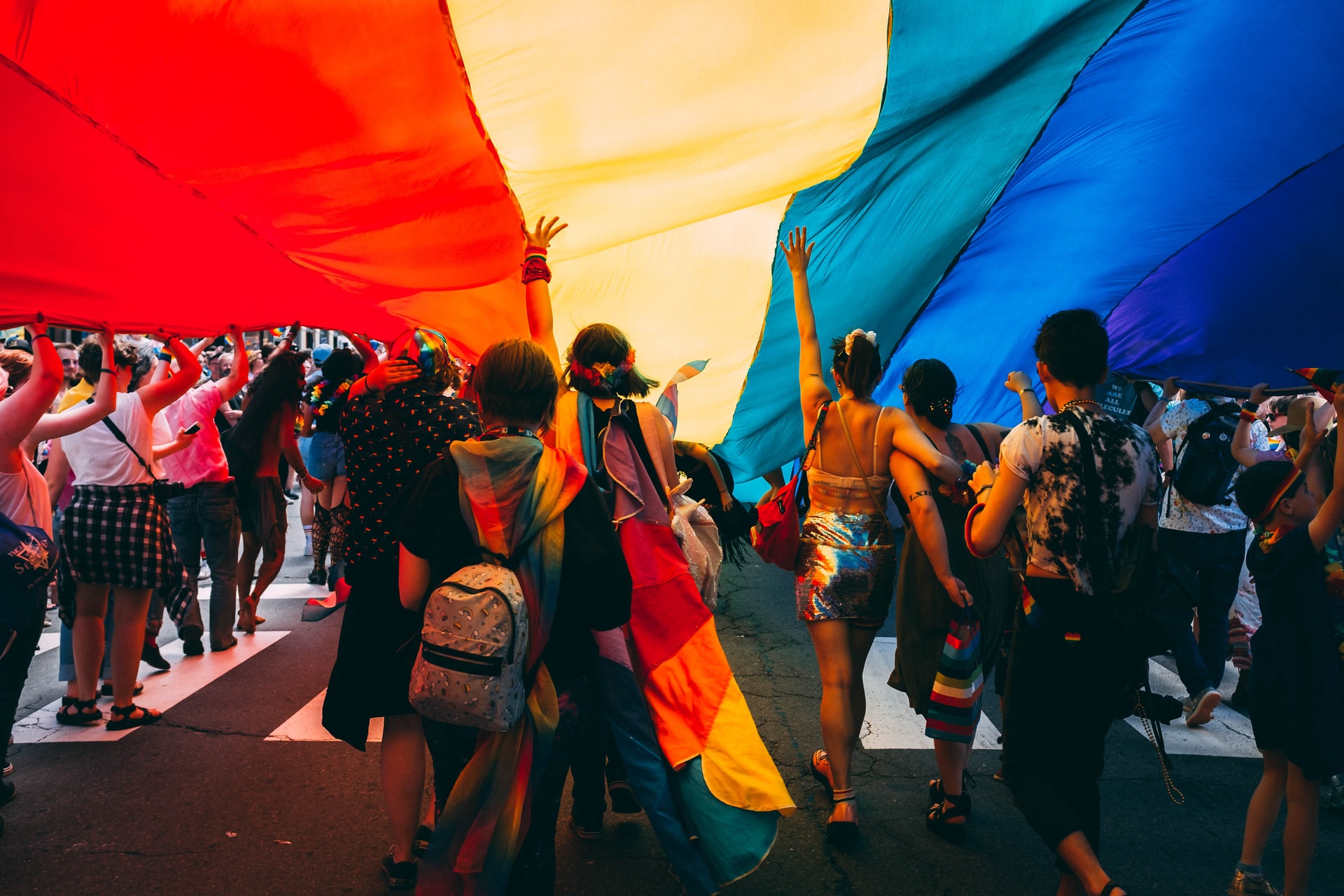This is Why Queer Youth are More Likely to Suffer From Mental Illness (Part 1)
When it comes to mental illness, some groups of people are more affected than others, and this is because of a plethora of issues like societal issues, environment, and even genetics. One such group is the queer community (composed of individuals who have different gender identities and sexuality other than cis-gendered and straight). Studies have proven that queer individuals are more likely to have mental illness compared to their straight counterparts. This is because they are at high risk of experiencing shame, trauma, and discrimination based on something they can’t change. Queer people also use mental health services 2.5 times more than their straight counterparts.
Risk factors

Gen Z and Millennials are known as the queerest generation ever, and this is because it is more accepted for one to be queer. 4.5% of American adults identify as either lesbian, gay, bisexual, transgender, or a different flavor of the queer spectrum. Studies have shown that queer individuals are more likely to face health disparities that are linked to discrimination, social stigma, and denial of one’s civil and human rights. Because of this, queer people have been associated with a high rate of substance abuse, psychiatric disorder, and suicide. Some of the risk factors are:
1. Coming out

In the last decades, opinions and attitudes towards the LGBTQIA+ (Lesbian, Gay, Bisexual, Transgender, Questioning, Intersex, Asexual) community have changed, and this is thanks to queer activists doing their best to put our community into mainstream ideology and showcase that we are human beings just like anybody else. This shift in attitude has encouraged more and more queer people (especially queer youth) to come out and share their sexual orientation and gender identity with their close ones and acquaintances. Coming out can impact one’s social and relational experiences, be it positively or negatively, and this might affect one’s mental health negatively.
2. Violence

However, even though queer people have been accepted more and more nowadays, this doesn’t mean that they aren’t victims of violence. Queer youth have a higher risk of experiencing violence compared to other young people, and this violence can include anything from teasing, bullying, harassment, and even physical assault. The following is some statistics according to a 2015 survey:
- 10% of queer youth were threatened or injured on school property
- 34% of them were bullied on school grounds
- 28% of them were subject to cyberbullying
- 23% of queer youth who’ve dated the past year experienced sexual dating violence
- 18% of them experienced physical dating violence
- and 18% of queer youth have been subjected to forced sexual intercourse at some point in their life.
3. Inadequate mental health care

Therapy for LGBTQIA+ youth is done in groups and done within a safe community, and as good as this may sound, it creates a lack of proper mental health care. It is essential to know that each sub-group has its own and unique experiences, challenges, and even mental illness that might plague them. Queer individuals face various individual experiences but also overlapping mental health challenges. There might be other aspects of an individual’s identity that might up or down their mental illness, and some of these factors are race, economic status, and even religion. This is why it is sometimes challenging to get help as a queer person, especially if you have intersecting identities (because we all know we inhabit a white man’s world).
4. Lack of community

Coming out sometimes can be a very traumatic or difficult experience because some parents and friends don’t react the way you expect and can ostracize and even disown you for who you love or how you identify. Coming out can be extremely challenging, especially if you are rejected by your family, friends, members of a religious community, or even coworkers. According to a 2019 study, 86% of queer youth have experienced assault or harassment at school, which can negatively impact their mental health.
5. Trauma

The queer community is one group that faces the most discrimination and hate crimes in the US. When it comes to trauma, queer people are faced with a plethora of discrimination like homophobia, transphobia, bullying, and even other forms of identity-based shame. These discrimination and harassment often lead to trauma or traumatic events. Queer people are often called by slurs and are labeled as stereotypes, and are even denied opportunities because of their sexual orientation and gender identity. These types of mental, physical, and verbal abuse can lead to a significantly heightened risk of PTSD.
Sound off in the comments section below and tell us if you want to read more about queer issues. It is important to talk and write about these problems because they are usually kept aside and discarded as we are people who are already in the margin. By talking about queer issues, we normalize them and make them more acceptable to talk about. By talking about queer issues and mental illness, we are making it easier for queer people to ask for help if they are struggling with their sexuality and/or gender identity.




1 Response
[…] part one of this blog series, we talked about the risk factors of coming out, and in this is part, […]